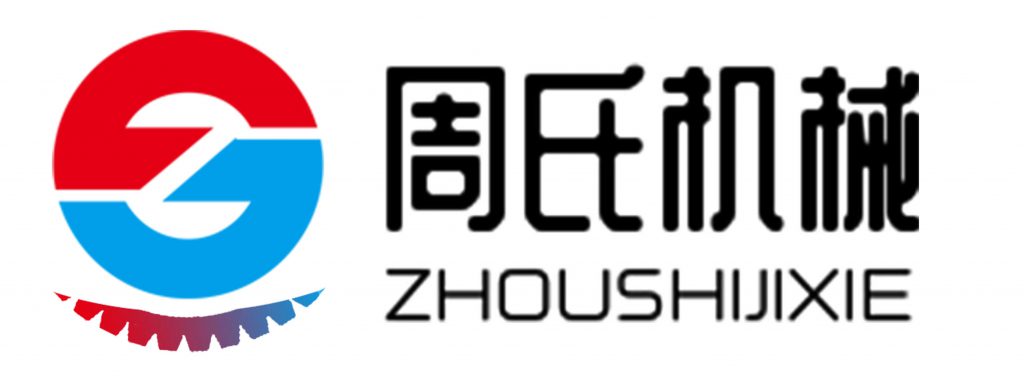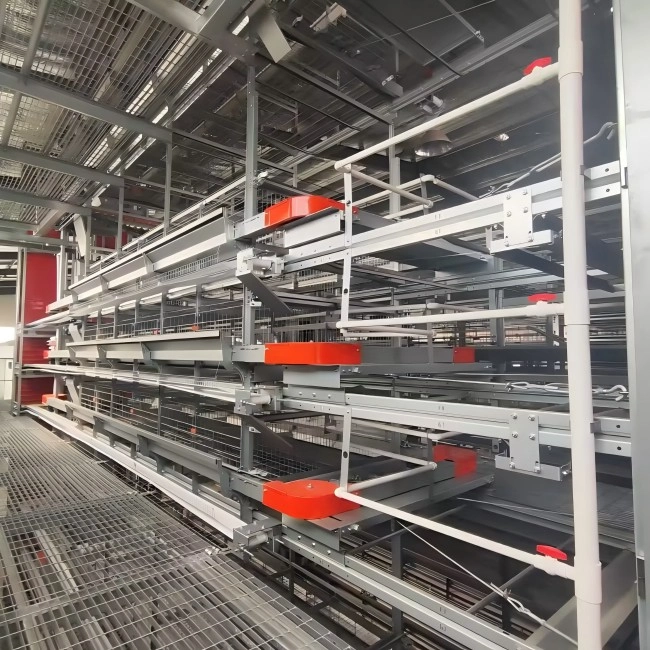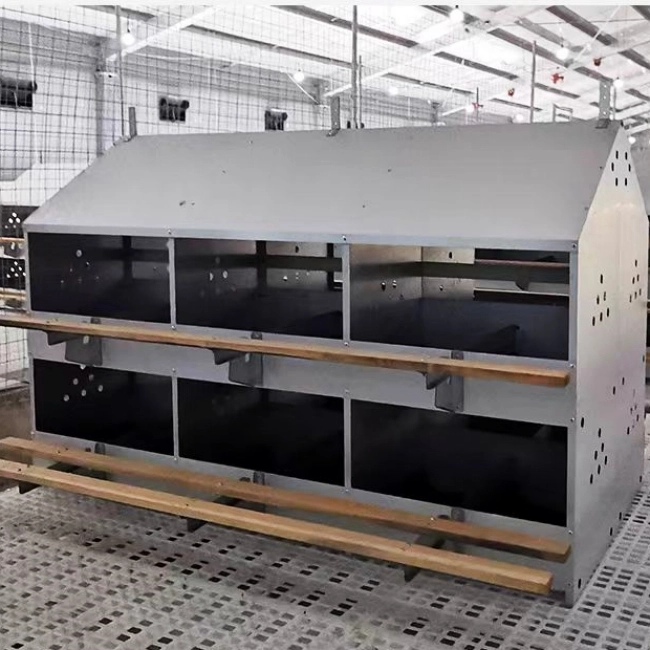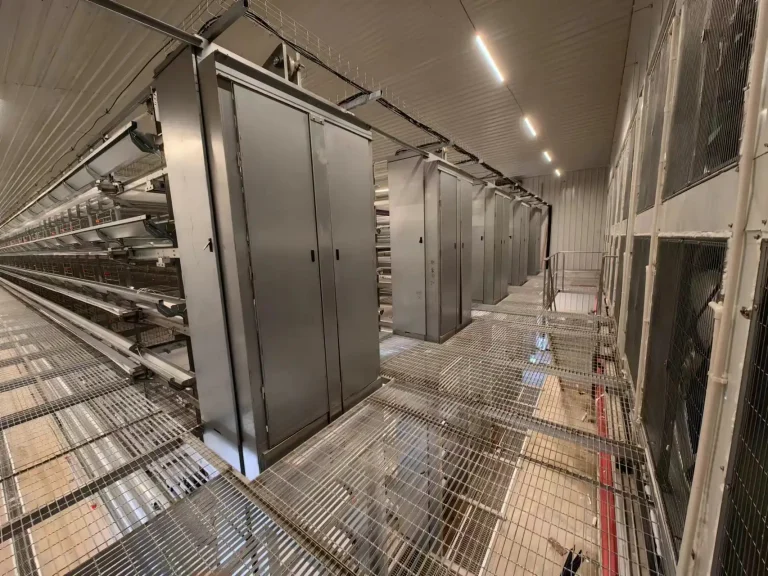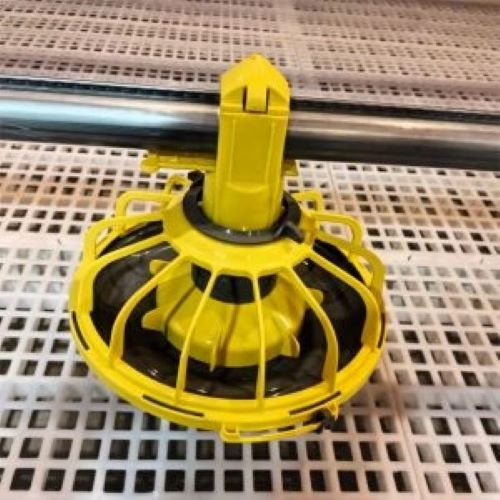Overview of Egg Production Systems
In the poultry products, Egg production systems play a role by outlining how eggs are produced and controlled with two main systems being free range and layer cage systems each having unique features benefits and obstacles.
Understanding Free Range Egg Production
Raising free range eggs gives hens the freedom to roam outdoors and enjoy sunlight and fresh air while having a diverse diet option available to them too which is often appreciated for its focus, on animal well-being since it allows birds to engage in their natural activities like searching for food and dusting themselves in open areas outside their coop which could result in healthier birds and potentially better quality eggs but the downside is that free range systems demand more space and resources thus increasing the overall production expenses. In addition, to that there are difficulties when it comes to maintaining biosecurity and managing predators.
Exploring Layer Cage Systems
The layer cage system is commonly known as the battery cage system for its use of space in a vertical setup with multiple tiers to house a larger number of hens efficiently in limited space. Making it ideal for large-scale operations. The inclusion of automated feeding and watering systems along with waste removal and egg collection mechanisms, alongside controls helps cut down on labor needs and energy usage. The designed feeding system with a slanted floor helps to distribute feed evenly and improve egg production levels in the poultry farm setting. Each cage usually accommodates 8 to 10 chickens to strike a balance, between maximizing space usage and ensuring their comfort and well-being.
Environmental Impact of Egg Production Methods
Taking into account the environment is crucial when assessing how eggs are produced whether through range or in layer cage systems as they each have unique effects, on nature.
Sustainability in Free Range Systems
Free range farming systems help preserve the environment by encouraging an ecosystem and making efficient use of natural resources available in the surroundings. The open-air environment facilitates the recycling of nutrients through the management of animal waste on grazing lands. However, the downside to these systems is that they require land per bird as compared to confined setups such as cage farms. This extensive land usage can potentially disrupt habitats if not overseen carefully. Moreover, farms operating under range practices might encounter difficulties, in controlling emissions because of the scattered distribution of waste materials.
Environmental Footprint of Layer Cage Systems
Layer cage systems are created to optimize the use of resources but come with environmental implications to consider. The compact design of these systems enables control over resources such as feed and water to reduce wastage. Automation helps cut down energy usage linked to work. However, the high bird density could result in ammonia emissions without proper ventilation management. Effective waste management is vital, in these setups to curb pollution from manure disposal.
Animal Welfare Considerations in Egg Production
Concerns about the well being of animals play a role, in shaping consumer preferences and the regulations governing egg farming practices.
Welfare Standards in Free Range Systems
Free range farming systems typically provide welfare conditions for hens as they allow the birds more space to move around and access outdoor areas freely. These setups encourage hens to exhibit their behaviors and contribute to their overall physical and mental health. Yet maintaining consistent welfare standards in free range operations can be difficult because of factors, like changing weather conditions and risks posed by predators.
Welfare Aspects of Layer Cage Systems
The cage systems that are designed for efficiency are under scrutiny for their impact on animal welfare since the space available to each bird is restricted compared to free range setups. Despite these concerns, there have been improvements in the design of cages to enhance living conditions by offering room for movement, within the system boundaries. It is crucial to maintain bird health in these populated environments by ensuring adequate ventilation and environmental controls.
Both range and layer cage systems come with their own set of advantages and challenges when it comes to environmental impact and animal welfare concerns making it essential for stakeholders to grasp these aspects in order to enhance egg production efficiency while also considering sustainability and ethical factors.
Company Spotlight: Zeus and the H-Type Layer Cage System
Zeus stands out as a player, in the poultry equipment industry for its cutting-edge H Type Layer Cage System that prioritizes both efficiency and animal welfare in egg production operations.
Features of the H-Type Layer Cage System
Zeus’s H Type Layer Cage System includes innovative elements to boost efficiency and attend to animal welfare issues effectively. By utilizing a layer vertical setup that maximizes space usage without compromising hen comfort per unit area. The system seamlessly provides operational service for feeding hens with precise nutrition requirements and ensuring proper access to water. In addition to streamlining egg collection and waste removal procedures while maintaining environmental conditions, for the hens well being.
One interesting aspect is the feeding mechanism with a slanted floor layout (sloped at 3%) that guarantees equal spread of food in every enclosure area. This method not just enhances feeding effectiveness. Also encourages consistent egg laying rates among the hens. Every compartment offers room for 8 to 10 birds while maintaining a good balance, between crowding and space for movement.
Advantages Offered by Zeus’s System
Zeus’s H Type Layer Cage System provides benefits in terms of operational efficiency and economic feasibility. Automating tasks reduces the need, for labor which results in cost savings and higher productivity. Energy usage is optimized through resource management processes integrated into the system.
Enhancing the well being of birds through ventilation and environmental controls is key to improving their health and reducing mortality rates ultimately leading to higher profits due, to consistent egg production and quality alongside maintaining welfare standards.
To sum up the discussion; both free range and layer cage systems have economic factors that impact their suitability for egg production operations. Free range systems focus on animal welfare despite higher expenses while layer cage systems prioritize efficiency through technology advancements to enhance bird well being. Producers aiming to balance profitability with considerations, in egg production must grasp these economic facets effectively.
FAQ
Q: What is a layer cage system in poultry farming?
A: In poultry farming operations that utilize a layer cage system for egg laying hens birds are housed in stacked cages to maximize space and enhance egg production efficiency. This setup usually incorporates automated mechanisms, for feeding, water provision and waste disposal to uphold cleanliness standards and boost productivity levels.
Q: What are the advantages of battery cage systems for layers?
A: The advantages include increased egg output from controlled settings decreased disease transmission through waste segregation, space optimization, stacked cages, and simplified egg retrieval and monitoring processes.
